-
 Bitcoin
Bitcoin $108,338.0981
-0.13% -
 Ethereum
Ethereum $2,566.4077
1.16% -
 Tether USDt
Tether USDt $1.0001
-0.01% -
 XRP
XRP $2.2841
-2.59% -
 BNB
BNB $658.5241
-0.17% -
 Solana
Solana $150.3819
-1.08% -
 USDC
USDC $0.9999
-0.01% -
 TRON
TRON $0.2864
-0.24% -
 Dogecoin
Dogecoin $0.1694
0.24% -
 Cardano
Cardano $0.5813
-0.72% -
 Hyperliquid
Hyperliquid $37.8292
-4.60% -
 Bitcoin Cash
Bitcoin Cash $503.3593
1.69% -
 Sui
Sui $2.8784
-0.69% -
 Chainlink
Chainlink $13.4784
-0.43% -
 UNUS SED LEO
UNUS SED LEO $9.0793
-0.27% -
 Stellar
Stellar $0.2537
-0.41% -
 Avalanche
Avalanche $18.0047
-0.23% -
 Shiba Inu
Shiba Inu $0.0...01181
1.56% -
 Hedera
Hedera $0.1608
0.49% -
 Toncoin
Toncoin $2.7568
-0.93% -
 Litecoin
Litecoin $86.4121
-0.20% -
 Monero
Monero $313.7273
-0.86% -
 Polkadot
Polkadot $3.3715
-0.66% -
 Dai
Dai $1.0001
0.01% -
 Ethena USDe
Ethena USDe $1.0004
0.03% -
 Bitget Token
Bitget Token $4.2902
-0.54% -
 Uniswap
Uniswap $7.5361
2.73% -
 Aave
Aave $285.6090
-0.55% -
 Pepe
Pepe $0.0...09958
0.28% -
 Pi
Pi $0.4560
-0.65%
What is a Solana nft versus an Ethereum nft?
2025/07/08 20:49
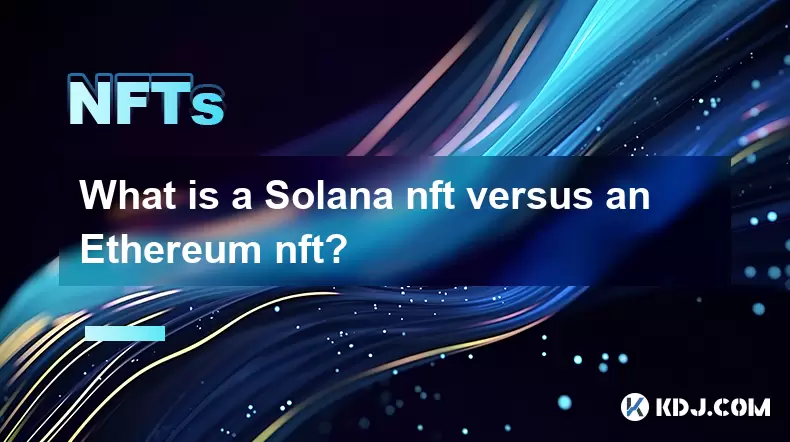
Understanding the Basics of NFTs
NFTs (Non-Fungible Tokens) are unique digital assets that represent ownership or proof of authenticity of a specific item, often digital art, collectibles, or other forms of media. They utilize blockchain technology, which ensures transparency and immutability in transactions. While Ethereum was the first major blockchain to popularize NFTs, other blockchains like Solana have entered the space with their own implementations.
Both Solana NFTs and Ethereum NFTs share the core concept of representing digital uniqueness, but they differ significantly in technical architecture, cost structure, speed, and ecosystem maturity. Understanding these differences is essential for creators, collectors, and developers entering the NFT space.
Technical Differences Between Solana and Ethereum Blockchains
The foundational difference between Solana NFTs and Ethereum NFTs lies in the underlying blockchain protocols. Ethereum uses a Proof-of-Work (PoW) consensus mechanism, although it has transitioned to Proof-of-Stake (PoS) through its Ethereum 2.0 upgrade. It utilizes ERC-721 and ERC-1155 standards for creating NFTs, which have become industry benchmarks.
In contrast, Solana employs a hybrid consensus model combining Proof-of-History (PoH) with Proof-of-Stake (PoS). This design allows Solana to achieve much faster transaction speeds and lower fees compared to Ethereum, especially during network congestion. Solana NFTs typically use the SPL token standard, which is analogous to Ethereum’s ERC-721 but tailored for Solana’s high-throughput environment.
Transaction Speed and Cost Comparison
One of the most noticeable differences between Solana NFTs and Ethereum NFTs is the speed and cost of transactions. On Ethereum, users often face high gas fees, especially during peak times when the network is congested. These fees can sometimes exceed $50 or more per transaction, making small-scale NFT trading expensive.
Conversely, Solana offers near-instantaneous transactions at fractions of a cent. The average fee on Solana is less than $0.01, which makes it highly attractive for micro-transactions and frequent NFT trades. This efficiency stems from Solana's high-performance architecture, which supports up to 65,000 transactions per second (TPS) versus Ethereum’s roughly 15–45 TPS.
Ecosystem Maturity and Developer Tools
When comparing Solana NFTs vs Ethereum NFTs, one must consider ecosystem maturity and available tools. Ethereum has a well-established infrastructure, including numerous marketplaces like OpenSea, Rarible, and LooksRare, along with extensive developer documentation and tooling such as Truffle, Hardhat, and Remix.
On the other hand, Solana’s NFT ecosystem is rapidly growing but still emerging. Platforms like Magic Eden, Digital Eyes, and Solanart have gained popularity, but they are not yet as mature or globally recognized as Ethereum-based platforms. However, Solana provides robust development environments such as Anchor Framework and Solana CLI, which are gaining traction among new developers due to their simplicity and performance benefits.
Minting Process: Steps and Requirements
Minting an NFT involves converting digital files into blockchain-stored assets. Here's how the process works on both platforms:
- Ethereum Minting: Users connect a wallet like MetaMask, upload their digital file to a marketplace, set metadata, and pay gas fees to mint the NFT.
- Solana Minting: Users need a Phantom or Solflare wallet, fund it with SOL tokens, upload content to a platform like Magic Eden, and proceed to mint with minimal fees.
Each step requires different technical considerations, including wallet compatibility, gas fee estimation, and marketplace selection. Developers also use different smart contract languages—Solidity for Ethereum and Rust for Solana.
Use Cases and Market Adoption
While both Solana NFTs and Ethereum NFTs support similar use cases—digital art, gaming items, domain names, virtual real estate—their adoption varies widely. Ethereum dominates in high-value sales, including notable collections like Bored Ape Yacht Club and CryptoPunks.
Meanwhile, Solana NFTs have found strong appeal in fast-growing communities and meme-based projects, often attracting younger or tech-savvy audiences looking for affordable entry points. Additionally, Solana’s low costs make it ideal for utility-based NFTs, such as event tickets or loyalty rewards.
Frequently Asked Questions (FAQ)
Q: Can I transfer an Ethereum NFT to Solana or vice versa?
A: Direct transfers between blockchains aren’t possible without using cross-chain bridges or wrapped tokens. Some platforms offer bridging services, though they carry risks and require trust in third-party protocols.
Q: Which platform is better for beginners: Ethereum or Solana?
A: Solana may be more beginner-friendly due to lower fees and faster transactions, while Ethereum offers broader market exposure and established tools. The choice depends on goals, budget, and preferred ecosystem.
Q: Are Solana NFTs as secure as Ethereum NFTs?
A: Both blockchains employ strong cryptographic techniques and decentralized networks. Ethereum has a longer track record of security, but Solana’s innovative architecture also provides robust protection against common attack vectors.
Q: How do royalties work for creators on each platform?
A: Ethereum allows creators to embed royalty percentages directly into smart contracts, ensuring ongoing compensation from resales. Solana relies on marketplace enforcement of royalties, meaning there’s no built-in guarantee unless the platform enforces it.
免責事項:info@kdj.com
提供される情報は取引に関するアドバイスではありません。 kdj.com は、この記事で提供される情報に基づいて行われた投資に対して一切の責任を負いません。暗号通貨は変動性が高いため、十分な調査を行った上で慎重に投資することを強くお勧めします。
このウェブサイトで使用されているコンテンツが著作権を侵害していると思われる場合は、直ちに当社 (info@kdj.com) までご連絡ください。速やかに削除させていただきます。
- Kraken、Lear Wing、Memecoins:シンガポールグランプリへのワイルドライド!
- 2025-07-09 00:50:12
- Ethereum's Wall Street Love&Ruvi Aiの監査集会:暗号カクテル
- 2025-07-09 00:55:12
- onyxcoin(xcn)vs。solana(sol):暗号ゲームでの有望な賭け?
- 2025-07-09 00:30:12
- CoreWeaveの大胆な賭け:AIがどのようにビットコインマイニングを再構築しているか
- 2025-07-09 00:30:12
- Coinbase(Coin)IPOフラッシュバック:ラリーは過度に拡張されていますか、それとも開始していますか?
- 2025-07-08 22:50:12
- ビットコインプライス、イーロンマスク、およびbtcbull:強気の三連ecta?
- 2025-07-09 00:10:12
関連知識
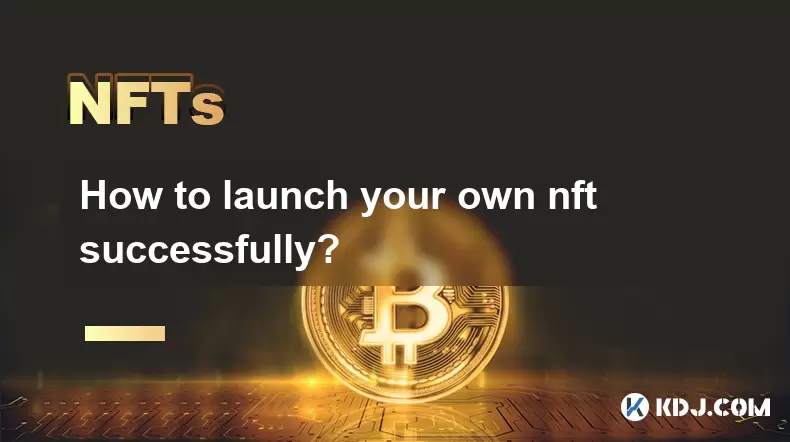
How to launch your own nft successfully?
2025-07-07 02:50:18
<h3>Understanding the Basics of NFTs</h3><p>Before diving into the process of launching your own NFT, it's crucial to understand wha...
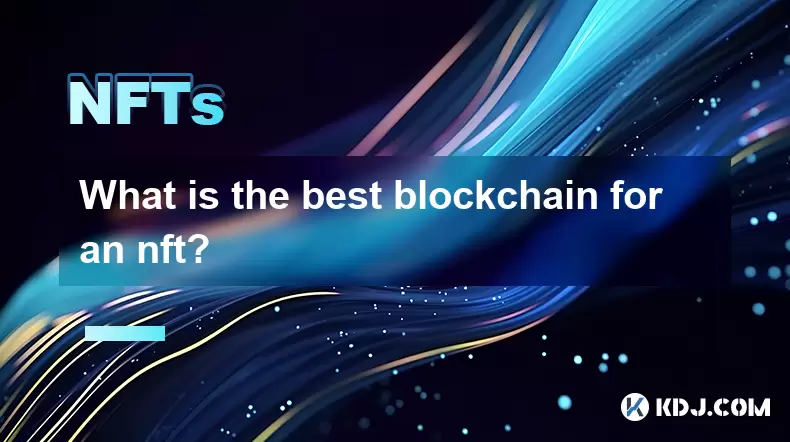
What is the best blockchain for an nft?
2025-07-07 12:22:10
<h3>Understanding the Criteria for Evaluating Blockchains for NFTs</h3><p>When determining the best blockchain for an NFT, several k...
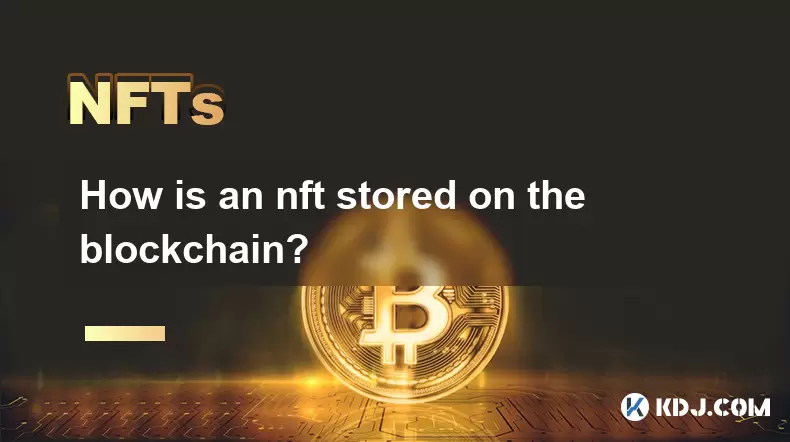
How is an nft stored on the blockchain?
2025-07-01 04:07:43
<h3>How Is an NFT Stored on the Blockchain?</h3><p>Non-Fungible Tokens (NFTs) have revolutionized how digital assets are owned, veri...
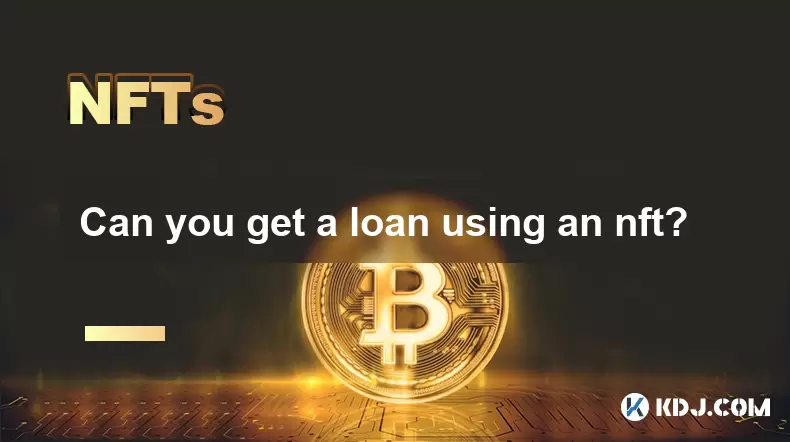
Can you get a loan using an nft?
2025-07-05 19:32:47
<h3>Understanding the Concept of NFT-Based Loans</h3><p>The idea of using an NFT as collateral for a loan has gained traction in the...
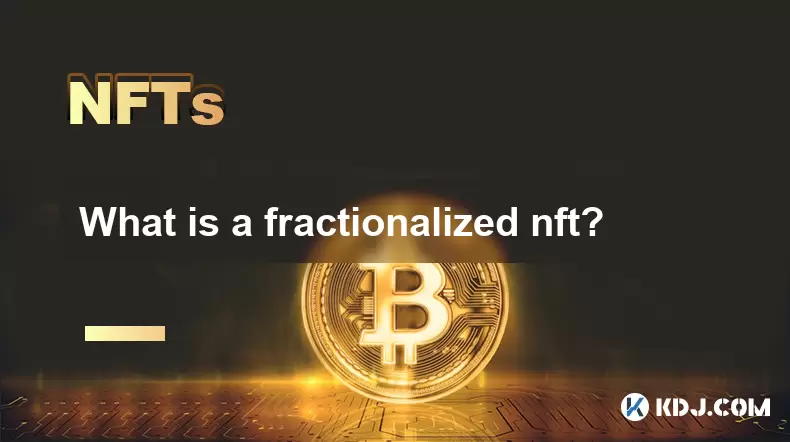
What is a fractionalized nft?
2025-07-06 10:50:01
<h3>Understanding the Concept of Fractionalized NFTs</h3><p>A fractionalized NFT refers to a process where a single non-fungible tok...
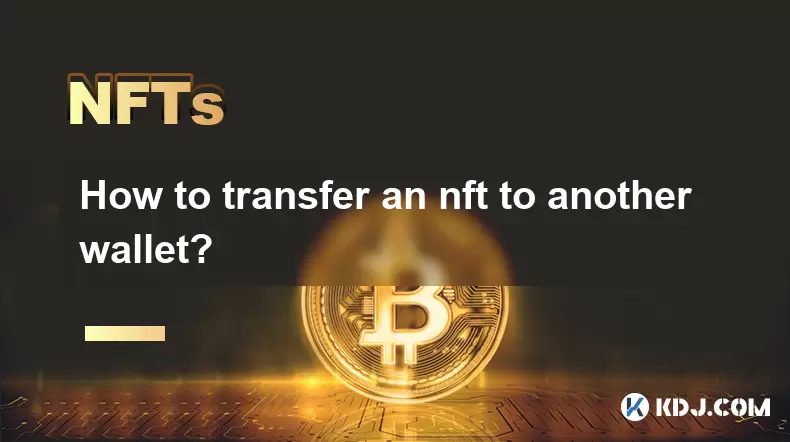
How to transfer an nft to another wallet?
2025-07-01 10:21:51
<h3>Understanding the Basics of NFT Transfers</h3><p>Transferring an NFT (Non-Fungible Token) from one wallet to another is a common...

How to launch your own nft successfully?
2025-07-07 02:50:18
<h3>Understanding the Basics of NFTs</h3><p>Before diving into the process of launching your own NFT, it's crucial to understand wha...

What is the best blockchain for an nft?
2025-07-07 12:22:10
<h3>Understanding the Criteria for Evaluating Blockchains for NFTs</h3><p>When determining the best blockchain for an NFT, several k...

How is an nft stored on the blockchain?
2025-07-01 04:07:43
<h3>How Is an NFT Stored on the Blockchain?</h3><p>Non-Fungible Tokens (NFTs) have revolutionized how digital assets are owned, veri...

Can you get a loan using an nft?
2025-07-05 19:32:47
<h3>Understanding the Concept of NFT-Based Loans</h3><p>The idea of using an NFT as collateral for a loan has gained traction in the...

What is a fractionalized nft?
2025-07-06 10:50:01
<h3>Understanding the Concept of Fractionalized NFTs</h3><p>A fractionalized NFT refers to a process where a single non-fungible tok...

How to transfer an nft to another wallet?
2025-07-01 10:21:51
<h3>Understanding the Basics of NFT Transfers</h3><p>Transferring an NFT (Non-Fungible Token) from one wallet to another is a common...
すべての記事を見る

























































































